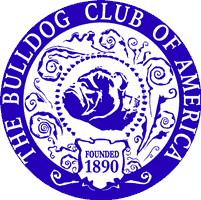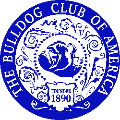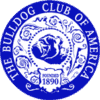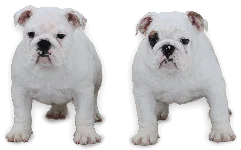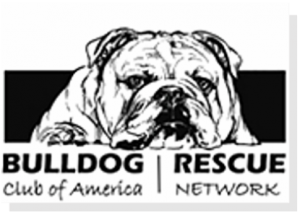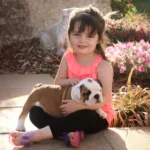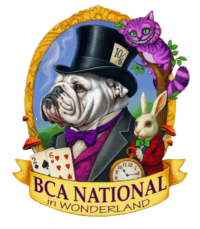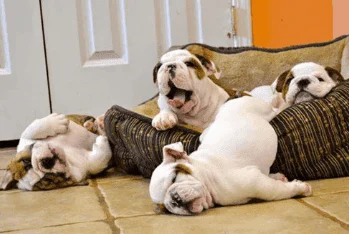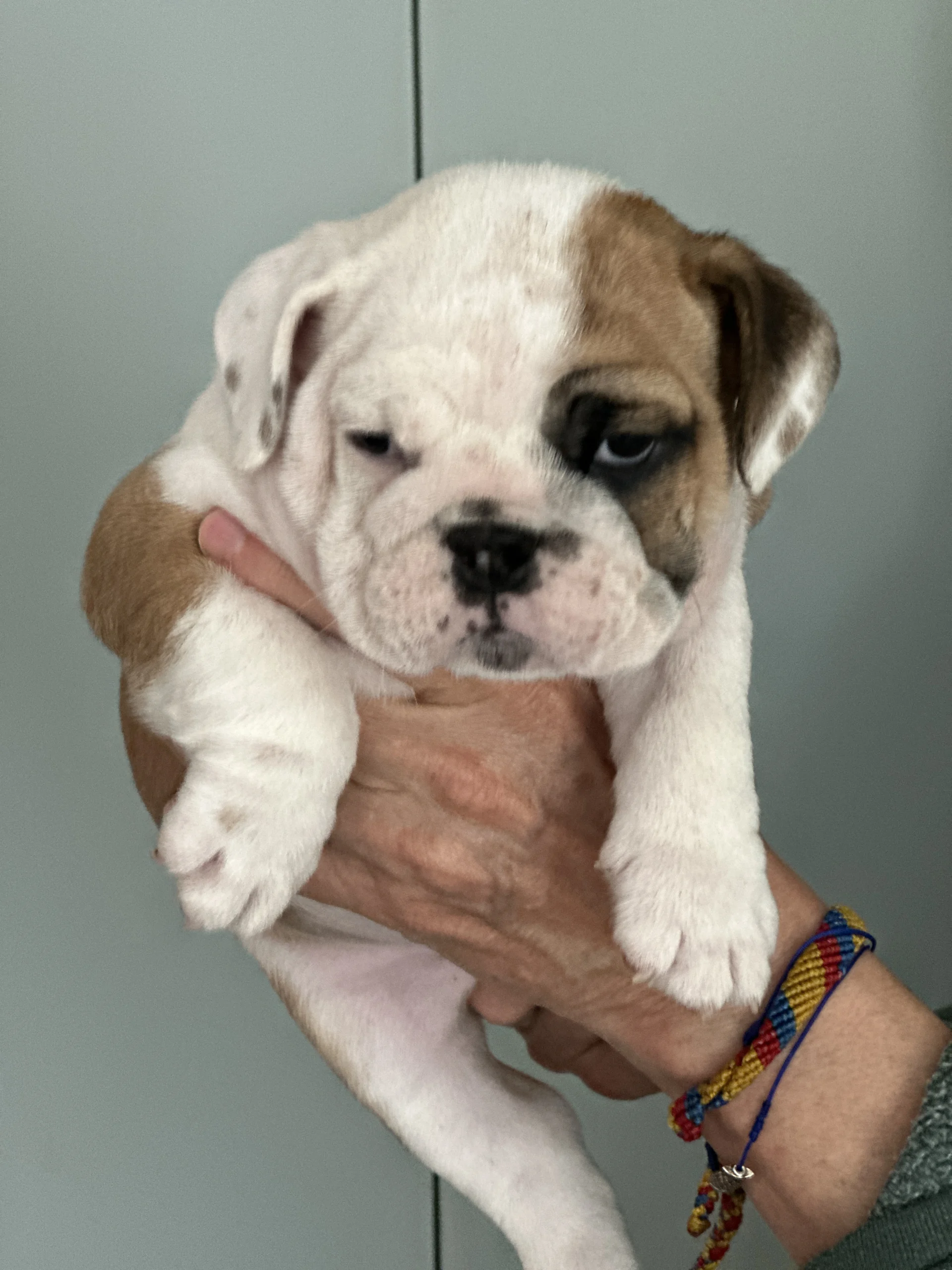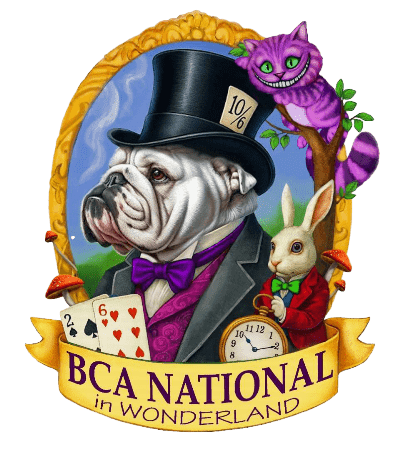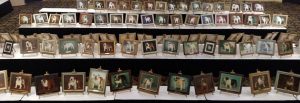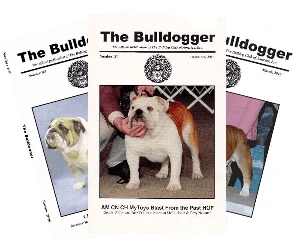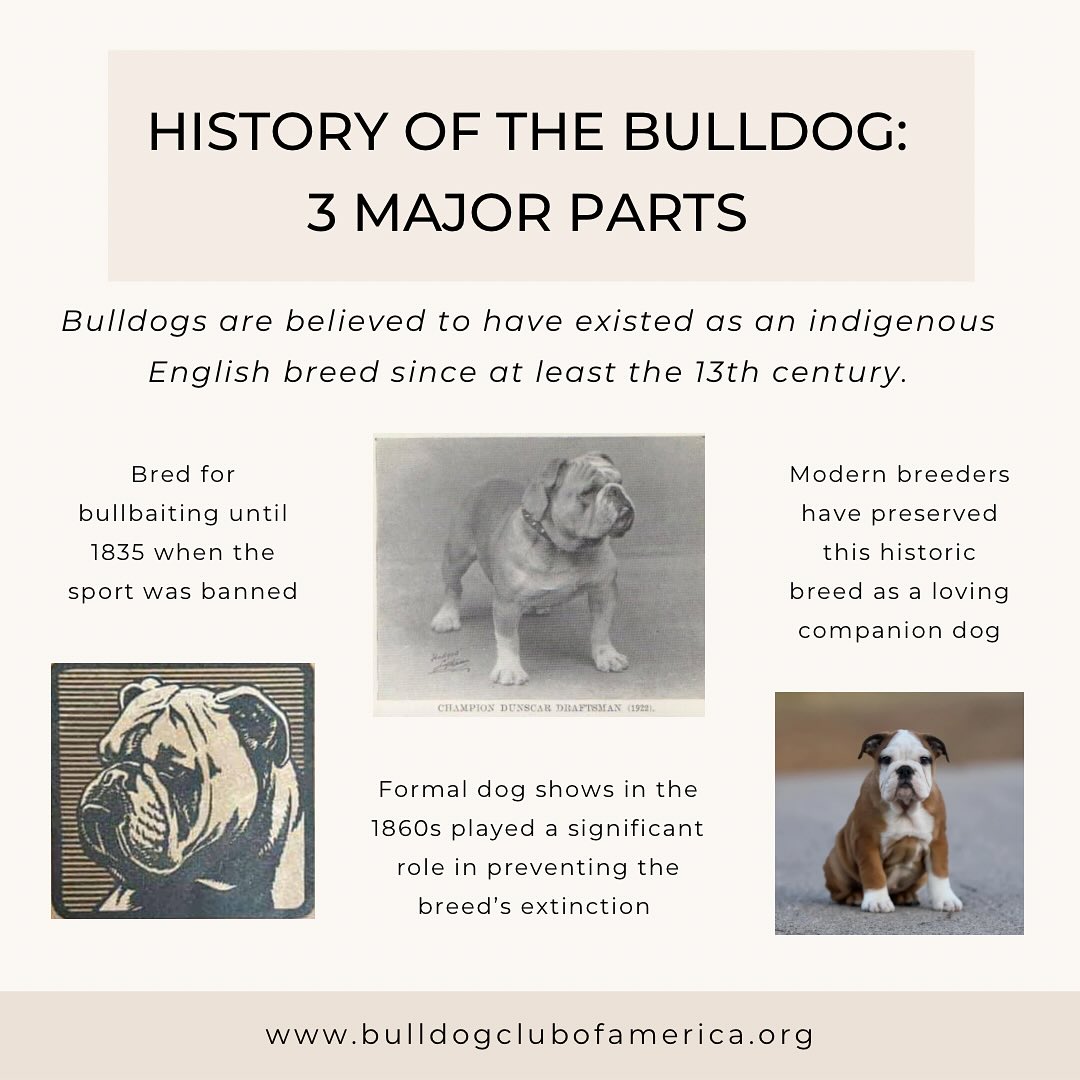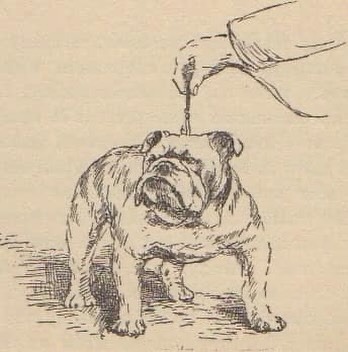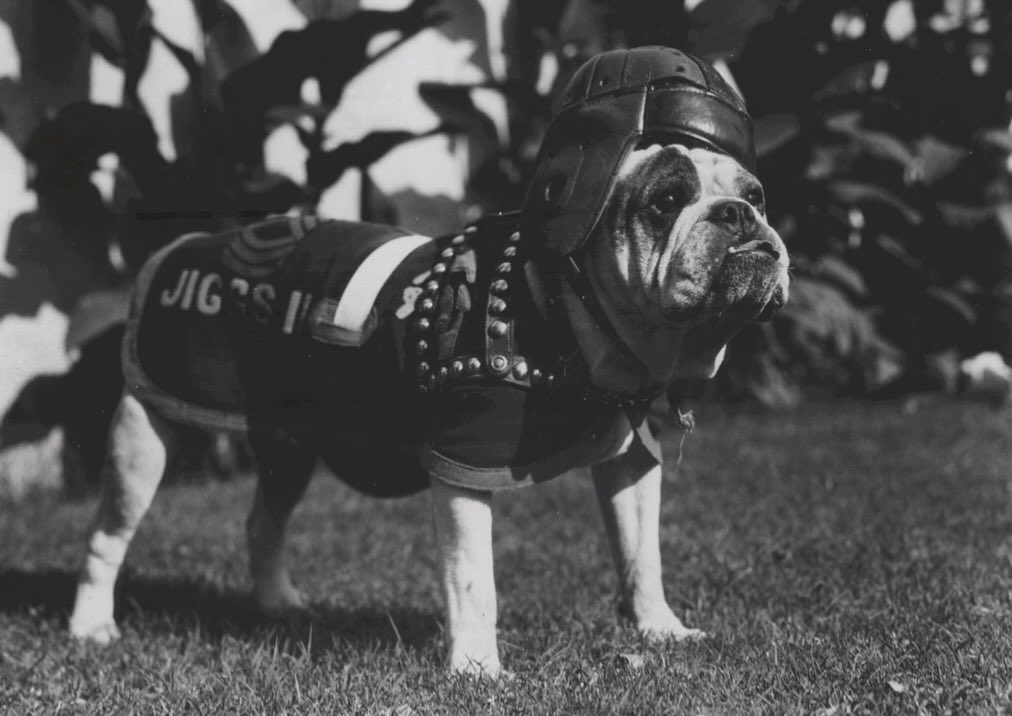The Bulldog Club of America was the first Bulldog specialty club organized in this country, and therefore, properly referred to as the Parent Club. A Mr. H. D. Kendall of Lowell, Massachusetts initially conceived the formation of a Bulldog Club of America as far back as 1890. Its long existence is the result of a determination on his part, as well as that of other exhibitors of that day. To join together for the purpose of encouraging the thoughtful and careful breeding of the English Bulldog in America, to perpetuate the purity of the strain, to improve the quality of native stock and to remove the undeserved prejudice that existed in the public mind against a most admirable breed.
Historian: Darlene Stuedemann, Div. VI
The Beginning
The Bulldog Club of America
1890 – 1910
by Edna R. Secor
The Bulldog Club of America was the first Bulldog specialty club organized in this country, and therefore, properly referred to as the Parent Club. Before attempting to present what I have been able to learn about The Bulldog Club of American during its first twenty years. I wish to thank Mr. Frank Carolin for permitting me to use portions of an article written by him for the 1948 edition of “The Bullpup” published by the Pacific Coast Bulldog Club, Inc. I wish also to thank Mr. John F. Collins for many years Secretary and later President of the Club, for reminiscing and telling me of activities of the Club in the early 1900’s.
The formation of a Bulldog Club of America was initially conceived as far back as 1890 by a Mr. H. D. Kendall of Lowell, Massachusetts, and its long existence is the result of a determination on his part, as well as that of other exhibitors of that day, to join together for the purpose of encouraging the thoughtful and careful breeding of the English Bulldog in America, to perpetuate the purity of the strain, to improve the quality of native stock and to remove the undeserved prejudice that existed in the public mind against a most admirable breed.
Responding to the invitation of Mr. Kendall, which was issued at a New York bench show early in 1890, a small group of enthusiasts assembled in Mechanics Hall, Boston, on April 1, 1890, and thereupon to formulate a policy and course of action, out of which would be conceived a Bulldog Club of America.
Responding to the invitation of Mr. Kendall, which was issued at a New York bench show early in 1890, a small group of enthusiasts assembled in Mechanics Hall, Boston, on April 1, 1890, and thereupon to formulate a policy and course of action, out of which would be conceived a Bulldog Club of America.
From the start the influx of new members was very encouraging and at the end of the first fiscal year thirty members were enrolled. On February 24, 1891, the Club held a successful Specialty Show at New York in connection with the Westminster Kennel Club Show. A number of the early members of the Club were prominent citizens of their day who, among other things, imported many of England’s greatest Bulldogs to America to start a nucleus of breeding American-bred Bulldogs as we have them today.
These same men worked tirelessly to promote successful specialty shows in the early part of the current century and they were largely responsible for popularizing the Bulldog, causing others to become interested in the breed in other sections of the Country.
At the start the Standard used was that of the English Bulldog Club, but there was dissatisfaction on the part of some members, for they believed it was not so concise or informative as it should be. Accordingly, one of the Club founders, Mr. J. H. Matthews, compiled a new Standard and presented it to the Club members for their consideration at the second annual membership meeting in 1891.
Despite the fact that the changes suggested were not very material and basically of no great significance, the members voted to reject the proposed Standard and the suggested idea to depart from the English Standard was abandoned for the time.
It was not until 1896 when the question of a new Standard was revived. The Executive Committee of the Club became interested and studied the matter intensively carefully considering the subject from every angle. After a long and meticulous stud a new Standard was presented to the members for their consideration and approval and was voted into use. That the work of the Executive Committee was well done is indisputable, for that Standard conceived in 1896, is the Standard we use today.
The records on hand of the minutes of the Board of governors begin in February of 1902. Some of the names figuring prominently in those early minutes are Mr. James Sheldon, Mr. H. C. Beadleston, Mr. R. S. McCreery, Mr. W. M. LeCato, Mr. Richard Croker Jr., Mr. W. P. Earl, Mr. W. C. Codman, Mr. J. H. Matthews, Mr. Tyler Morse, Mr. E. K. Austin, Mr. Charles Hopton, Mr. Thomas Grisdale, Mr. John Collins, and Mr. Ed Boger. Of all of these, Mr. Collins is to his knowledge the only survivor. Mr. Emerson Latting, who joined the Club in 1903 but has not been a member for many years although he still is a bulldogger at heart, resides in New York and is a delegate to the American Kennel Club from the Queensboro Kennel Club.
The Bulldog Club of America was most generous in those early days in donating bronze and silver medals to such clubs as the Wissahickon Kennel Club of Chestnut Hill, Pa., and the Ladies Kennel Association of America, the Philadelphia Dog Show Association, the Westminster Kennel Club, and many others. The Specialty Shows were held in the fall and for many years the Club sponsored the entry at the Westminster show. Mr. Collins tells me that they used to be benched in a gallery and of the old Madison Square Garden with entries running from 80 to 120 dogs and with so many classes to judge that the judging would take almost two days. Decorations and “electrical lighting” for the Specialty to a cost of $100 or more were always listed in the minutes as items of expense.
Another interesting note about those shows mentioned by Mr. Collins was that the number of points depended upon the total number of dogs in the entire show. For example, every show was at least one point, from 250-500 dogs, two points, and on up to over 1000 dogs for five points. Every breed thus had the same number of championship points.
In 1904, the Constitution and By-Laws were revised and the Club was incorporated. The membership had grown to 76 in 1904, 103 in 1906, and 132 in 1909. The annual meeting was a big event, usually accompanied by a dinner at a New York hotel.
The Produce Stakes, forerunner of the later Breeders Stakes, were revived in 1905 with the first competition thereafter recorded held in 1907. Also in 1907, the Bulldog Club of Philadelphia was recognized. Others such as the Chicago Bulldog Club and the Bulldog Breeders Association of America were denied recognition at that time.
Committees were appointed to consider such things as “the eligibility of dogs in any way maimed or tampered with to compete for prizes; also to consider the Dudley nose question”. In 1904, the following Committee report was accepted by the members: “Dogs in any way maimed or tampered with shall be disqualified for competition for any prizes offered by this Club, and the parti-color or butterfly nose. Dudley nose, or nose of any color other than black is decidedly objectionable but does not disqualify for competition”. It was not until 1914 that the Standard was amended to disqualify a Dudley.
All Club activity was not serene in those days as there are many instances in the minutes of protests about false registrations, prizes incorrectly awarded, anonymous letters written, etc. The attitude of the Executive Committee as late as 1910 in regard to other Specialty Clubs was expressed in their denial of recognition to one applicant: “There does not appear to the Board of Governors of The Bulldog Club of America any necessity for the existence of the new organization as the work which it promised to do is already being done by The Bulldog Club of America."
After sixty-three years, we must agree that the foundations laid in those early days were firm. At times, the course has been rough, sometimes inactive, but the determination of those vitally interested in Bulldogs has kept alive the spirit which was behind the origin of The Bulldog Club of America.
In the next Year Book, we hope to bring you the next twenty years, 1910-1930, in the history of The Bulldog Club of America.
SUBMITTED BY EDNA SECOR
Mrs. Secor’s name is well known to our Members through her service as Secretary of the Club, first Secretary of BCA, Div. I, and an active officer of Long Island Bulldog Club. A woman of charm and dignity, with many interests and accomplishments, she and her husband Slim have made the prefix Milsande familiar through breeding and showing many Bulldogs to their championships. She is a good competitor, and able and conscientious judge, and a tireless worker in the interest of the breed; a good example of the adage “When you want a job done well, give it to a busy person!”
